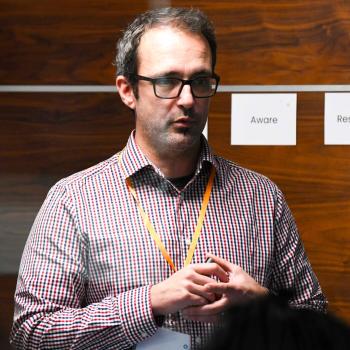GA4 for Developers
02 April, 11:00 am | Join Lee and Zac and earn event-based tracking, APIs, and BigQuery integration to supercharge your analytics skills.

We run many different free and paid-for events, including Bitesize learning, webinars, training and roundtables, where we provide thought leadership and share the value of our experience.

02 April, 11:00 am | Join Lee and Zac and earn event-based tracking, APIs, and BigQuery integration to supercharge your analytics skills.

24 April, 10:30 am | Join Stephen and June as they share valuable insights for marketers looking to improve performance through best-in-class design.
Register your FREE place.

30 April, 16:00 GMT | 08:00 PDT | Join Netlify CTO Dana Lawson, Fresh Egg’s Lee Davies, and Ash Hitchcock as they discuss how the partnership transformed Agria Pet Insurance’s digital presence with sustainability at the core resulting in a 59% reduction in carbon emissions - the equivalent of 4104 fewer passenger flight miles a year!
Register your FREE place.

Tell us about your digital challenges with one of our Fresh Egg Experts. In return, we'll provide advice, ideas or inspiration in a 30-minute session - reserve your free consultation today.


Join thousands of other marketers, receive our fortnightly Fresh Thinking email. Register today to receive our marketing news round-up, exclusive invites to training and events, helpful blogs, guides and free resources.
Let's have a chat about it! Call us on 01903 285900